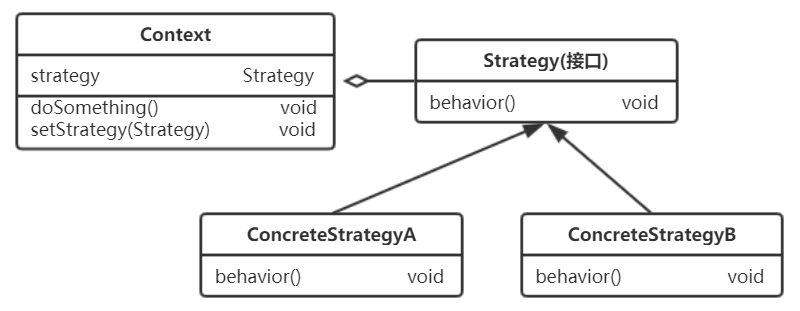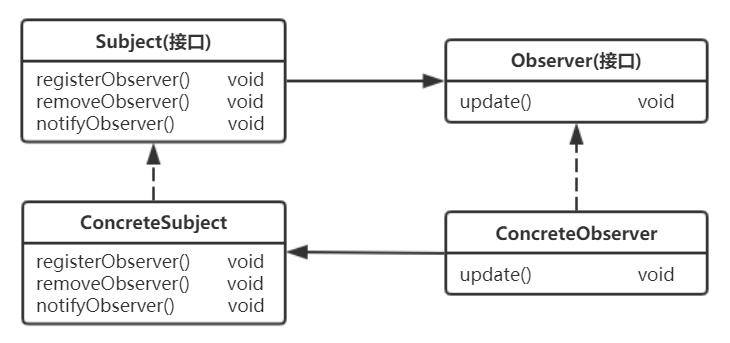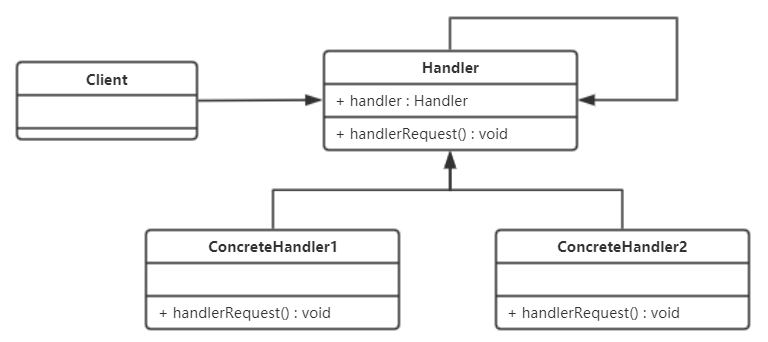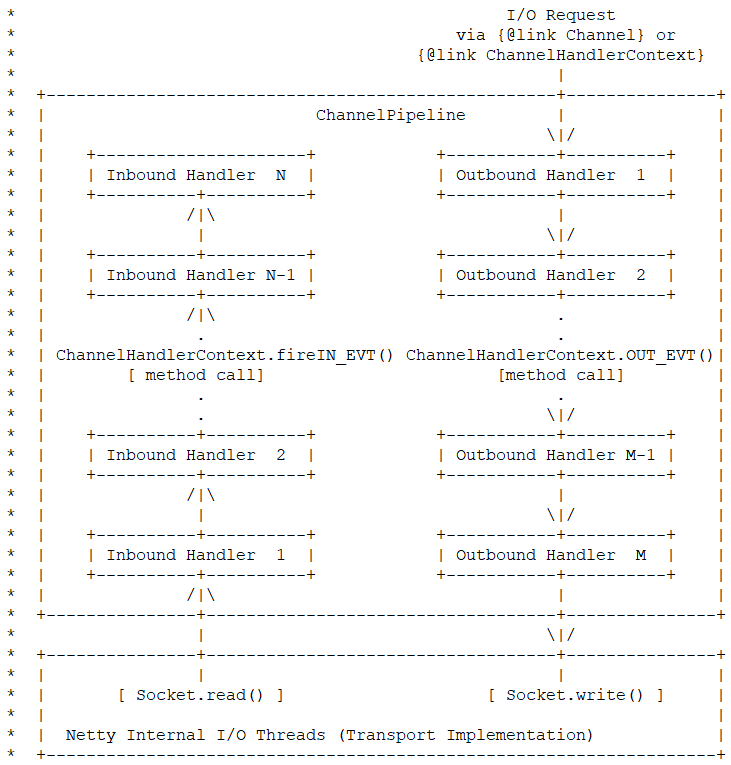1
2
3
4
5
6
7
8
9
10
11
12
13
14
15
16
17
18
19
20
21
22
23
24
25
26
27
28
29
30
31
32
33
34
35
36
37
38
39
40
41
42
43
44
45
46
47
48
49
50
51
52
53
54
55
56
57
58
59
60
61
62
63
64
65
66
67
68
69
70
71
72
73
74
75
76
77
78
79
80
81
82
83
84
85
86
87
88
89
90
91
92
93
94
95
96
97
98
99
100
101
102
103
104
105
106
107
108
109
110
111
112
113
114
115
116
117
118
119
120
121
122
123
124
125
126
127
128
129
130
131
132
133
134
135
136
137
138
139
140
141
142
143
144
145
146
147
148
149
150
151
152
153
154
155
156
157
158
159
160
161
162
163
164
165
166
167
168
169
170
171
172
173
174
175
176
177
178
179
180
181
182
183
184
185
186
187
188
189
190
191
192
193
194
195
196
197
198
199
200
201
202
203
204
205
206
207
208
209
210
211
212
213
214
215
216
217
218
219
220
221
222
223
224
225
226
227
228
229
230
231
232
233
234
235
236
237
238
239
240
241
242
243
244
245
246
247
248
249
250
251
252
253
254
255
256
257
258
259
260
261
262
263
264
265
266
267
268
269
270
271
272
273
274
275
276
277
278
279
280
281
282
283
284
285
286
287
288
289
290
291
292
293
294
295
296
297
298
299
300
301
302
303
304
305
306
|
public abstract class BaseExecutor implements Executor {
@Override
public int update(MappedStatement ms, Object parameter) throws SQLException {
ErrorContext.instance().resource(ms.getResource()).activity("executing an update").object(ms.getId());
// 判断当前 Executor 是否已经关闭
if (closed) {
throw new ExecutorException("Executor was closed.");
}
// clearLocalCache() 方法中会调用 localCache()、localOutputParameterCache() 两个
// 缓存的 clear() 方法完成清理工作。这是影响一级缓存中数据存活时长的第三个方面
clearLocalCache();
// 调用 doUpdate() 抽象方法执行 SQL 语句
return doUpdate(ms, parameter);
}
public List<BatchResult> flushStatements(boolean isRollBack) throws SQLException {
// 判断当前 Executor 是否已经关闭
if (closed) {
throw new ExecutorException("Executor was closed.");
}
// 调用抽象方法 doFlushStatements(),其参数 isRollBack 表示是否执行 Executor 中缓存的
// SQL 语句,false 表示执行,true 表示不执行
return doFlushStatements(isRollBack);
}
/**
* 调用 doQuery() 方法完成数据库查询,并得到映射后的结果集对象,
*/
private <E> List<E> queryFromDatabase(MappedStatement ms, Object parameter, RowBounds rowBounds, ResultHandler resultHandler, CacheKey key, BoundSql boundSql) throws SQLException {
List<E> list;
// 在缓存中添加占位符
localCache.putObject(key, EXECUTION_PLACEHOLDER);
try {
// 调用 doQuery() 抽象方法,完成数据库查询操作,并返回结果集对象
list = doQuery(ms, parameter, rowBounds, resultHandler, boundSql);
} finally {
// 删除占位符
localCache.removeObject(key);
}
// 将真正的结采对象添加到一级缓存中
localCache.putObject(key, list);
// 是否为存储过程调用
if (ms.getStatementType() == StatementType.CALLABLE) {
// 缓存输出类型的参数
localOutputParameterCache.putObject(key, parameter);
}
return list;
}
@Override
public <E> Cursor<E> queryCursor(MappedStatement ms, Object parameter, RowBounds rowBounds) throws SQLException {
BoundSql boundSql = ms.getBoundSql(parameter);
return doQueryCursor(ms, parameter, rowBounds, boundSql);
}
protected abstract int doUpdate(MappedStatement ms, Object parameter)
throws SQLException;
protected abstract List<BatchResult> doFlushStatements(boolean isRollback)
throws SQLException;
protected abstract <E> List<E> doQuery(MappedStatement ms, Object parameter, RowBounds rowBounds, ResultHandler resultHandler, BoundSql boundSql)
throws SQLException;
protected abstract <E> Cursor<E> doQueryCursor(MappedStatement ms, Object parameter, RowBounds rowBounds, BoundSql boundSql)
throws SQLException;
}
public class SimpleExecutor extends BaseExecutor {
@Override
public int doUpdate(MappedStatement ms, Object parameter) throws SQLException {
Statement stmt = null;
try {
Configuration configuration = ms.getConfiguration();
StatementHandler handler = configuration.newStatementHandler(this, ms, parameter, RowBounds.DEFAULT, null, null);
stmt = prepareStatement(handler, ms.getStatementLog());
return handler.update(stmt);
} finally {
closeStatement(stmt);
}
}
@Override
public <E> List<E> doQuery(MappedStatement ms, Object parameter, RowBounds rowBounds, ResultHandler resultHandler, BoundSql boundSql) throws SQLException {
Statement stmt = null;
try {
// 获取配置对象
Configuration configuration = ms.getConfiguration();
// 创建 StatementHandler 对象,实际返回的是 RoutingStatementHandler 对象,前面介绍过,
// 其中根据 MappedStatement.statementType 选择具体的 StatementHandler 实现
StatementHandler handler = configuration.newStatementHandler(wrapper, ms, parameter, rowBounds, resultHandler, boundSql);
// 完成 Statement 的创建和初始化,该方法首先会调用 StatementHandler.prepare() 方法
// 创建 Statement 对象, 然后调用 StatementHandler. parameterize() 方法处理占位符
stmt = prepareStatement(handler, ms.getStatementLog());
// 调用 StatementHandler.query() 方法,执行 SQL 语句,并通过 ResultSetHandler 完成
// 结果集的映射
return handler.query(stmt, resultHandler);
} finally {
// 关闭 Statement 对象
closeStatement(stmt);
}
}
@Override
protected <E> Cursor<E> doQueryCursor(MappedStatement ms, Object parameter, RowBounds rowBounds, BoundSql boundSql) throws SQLException {
Configuration configuration = ms.getConfiguration();
StatementHandler handler = configuration.newStatementHandler(wrapper, ms, parameter, rowBounds, null, boundSql);
Statement stmt = prepareStatement(handler, ms.getStatementLog());
Cursor<E> cursor = handler.queryCursor(stmt);
stmt.closeOnCompletion();
return cursor;
}
@Override
public List<BatchResult> doFlushStatements(boolean isRollback) {
return Collections.emptyList();
}
private Statement prepareStatement(StatementHandler handler, Log statementLog) throws SQLException {
Statement stmt;
Connection connection = getConnection(statementLog);
stmt = handler.prepare(connection, transaction.getTimeout());
handler.parameterize(stmt);
return stmt;
}
}
public class BatchExecutor extends BaseExecutor {
@Override
public int doUpdate(MappedStatement ms, Object parameterObject) throws SQLException {
// 获取配置对象
final Configuration configuration = ms.getConfiguration();
// 创建 StatementHandler 对象
final StatementHandler handler = configuration.newStatementHandler(this, ms, parameterObject, RowBounds.DEFAULT, null, null);
final BoundSql boundSql = handler.getBoundSql();
// 获取 SQL 语句
final String sql = boundSql.getSql();
final Statement stmt;
// 如果当前执行的 SQL 模式与上次执行的 SQL 模式相同且对应的 MappedStatement 对象相同
if (sql.equals(currentSql) && ms.equals(currentStatement)) {
// 获取 statementList 集合中最后一个 Statement 对象
int last = statementList.size() - 1;
stmt = statementList.get(last);
applyTransactionTimeout(stmt);
// 绑定实参,处理占位符 “?”
handler.parameterize(stmt);//fix Issues 322
// 查找对应的 BatchResult 对象,并记录用户传入的实参
BatchResult batchResult = batchResultList.get(last);
batchResult.addParameterObject(parameterObject);
} else {
Connection connection = getConnection(ms.getStatementLog());
// 创建新的 Statement 对象
stmt = handler.prepare(connection, transaction.getTimeout());
// 绑定实参,处理占位符“?”
handler.parameterize(stmt); //fix Issues 322
// 更新 currentSql 和 currentStatement
currentSql = sql;
currentStatement = ms;
// 将新创建的 Statement 对象添加到 statementList 集合中
statementList.add(stmt);
// 添加新的 BatchResult 对象
batchResultList.add(new BatchResult(ms, sql, parameterObject));
}
// 底层通过调用 Statement.addBatch() 方法添加 SQL 语句
handler.batch(stmt);
return BATCH_UPDATE_RETURN_VALUE;
}
@Override
public <E> List<E> doQuery(MappedStatement ms, Object parameterObject, RowBounds rowBounds, ResultHandler resultHandler, BoundSql boundSql)
throws SQLException {
Statement stmt = null;
try {
flushStatements();
Configuration configuration = ms.getConfiguration();
StatementHandler handler = configuration.newStatementHandler(wrapper, ms, parameterObject, rowBounds, resultHandler, boundSql);
Connection connection = getConnection(ms.getStatementLog());
stmt = handler.prepare(connection, transaction.getTimeout());
handler.parameterize(stmt);
return handler.query(stmt, resultHandler);
} finally {
closeStatement(stmt);
}
}
@Override
protected <E> Cursor<E> doQueryCursor(MappedStatement ms, Object parameter, RowBounds rowBounds, BoundSql boundSql) throws SQLException {
flushStatements();
Configuration configuration = ms.getConfiguration();
StatementHandler handler = configuration.newStatementHandler(wrapper, ms, parameter, rowBounds, null, boundSql);
Connection connection = getConnection(ms.getStatementLog());
Statement stmt = handler.prepare(connection, transaction.getTimeout());
handler.parameterize(stmt);
Cursor<E> cursor = handler.queryCursor(stmt);
stmt.closeOnCompletion();
return cursor;
}
@Override
public List<BatchResult> doFlushStatements(boolean isRollback) throws SQLException {
try {
// results 集合用于储存批处理的结采
List<BatchResult> results = new ArrayList<>();
// 如果明确指定了要回滚事务,则直接返回空集合,忽略 statementList 集合中记录的 SQL 语句
if (isRollback) {
return Collections.emptyList();
}
// 遍历 statementList 集合
for (int i = 0, n = statementList.size(); i < n; i++) {
// 获取 Statement 对象
Statement stmt = statementList.get(i);
applyTransactionTimeout(stmt);
// 获取对应 BatchResult 对象
BatchResult batchResult = batchResultList.get(i);
try {
// 调用 Statement.executeBatch() 方法批量执行其中记录的 SQL 语句,并使用返回的 int 数组
// 更新 BatchResult.updateCounts 字段,其中每一个元素都表示一条 SQL 语句影响的记录条数
batchResult.setUpdateCounts(stmt.executeBatch());
MappedStatement ms = batchResult.getMappedStatement();
List<Object> parameterObjects = batchResult.getParameterObjects();
// 获取配置的 KeyGenerator 对象
KeyGenerator keyGenerator = ms.getKeyGenerator();
if (Jdbc3KeyGenerator.class.equals(keyGenerator.getClass())) {
Jdbc3KeyGenerator jdbc3KeyGenerator = (Jdbc3KeyGenerator) keyGenerator;
// 获取数据库生成的主键,并设置到 parameterObjects 中,前面已经分析过,这里不再重复
jdbc3KeyGenerator.processBatch(ms, stmt, parameterObjects);
} else if (!NoKeyGenerator.class.equals(keyGenerator.getClass())) { //issue #141
// 对于其他类型的 KeyGenerator,会调用其 processAfter() 方法
for (Object parameter : parameterObjects) {
keyGenerator.processAfter(this, ms, stmt, parameter);
}
}
// Close statement to close cursor #1109
closeStatement(stmt);
} catch (BatchUpdateException e) {
StringBuilder message = new StringBuilder();
message.append(batchResult.getMappedStatement().getId())
.append(" (batch index #")
.append(i + 1)
.append(")")
.append(" failed.");
if (i > 0) {
message.append(" ")
.append(i)
.append(" prior sub executor(s) completed successfully, but will be rolled back.");
}
throw new BatchExecutorException(message.toString(), e, results, batchResult);
}
// 添加 BatchResult 到 results 集合
results.add(batchResult);
}
return results;
} finally {
// 关闭所有 Statement 对象,并清空 currentSql 字段、清空 statementList 集合、
// 清空 batchResultList 集合(略)
for (Statement stmt : statementList) {
closeStatement(stmt);
}
currentSql = null;
statementList.clear();
batchResultList.clear();
}
}
}
public class ReuseExecutor extends BaseExecutor {
@Override
public int doUpdate(MappedStatement ms, Object parameter) throws SQLException {
Configuration configuration = ms.getConfiguration();
StatementHandler handler = configuration.newStatementHandler(this, ms, parameter, RowBounds.DEFAULT, null, null);
Statement stmt = prepareStatement(handler, ms.getStatementLog());
return handler.update(stmt);
}
@Override
public <E> List<E> doQuery(MappedStatement ms, Object parameter, RowBounds rowBounds, ResultHandler resultHandler, BoundSql boundSql) throws SQLException {
Configuration configuration = ms.getConfiguration();
StatementHandler handler = configuration.newStatementHandler(wrapper, ms, parameter, rowBounds, resultHandler, boundSql);
Statement stmt = prepareStatement(handler, ms.getStatementLog());
return handler.query(stmt, resultHandler);
}
@Override
protected <E> Cursor<E> doQueryCursor(MappedStatement ms, Object parameter, RowBounds rowBounds, BoundSql boundSql) throws SQLException {
Configuration configuration = ms.getConfiguration();
StatementHandler handler = configuration.newStatementHandler(wrapper, ms, parameter, rowBounds, null, boundSql);
Statement stmt = prepareStatement(handler, ms.getStatementLog());
return handler.queryCursor(stmt);
}
@Override
public List<BatchResult> doFlushStatements(boolean isRollback) {
for (Statement stmt : statementMap.values()) {
closeStatement(stmt);
}
statementMap.clear();
return Collections.emptyList();
}
}
|



 其具体过程处理如下:
其具体过程处理如下:

